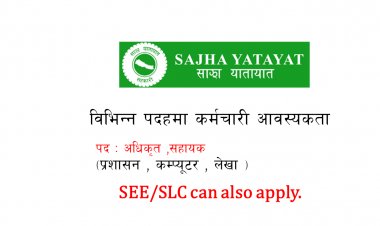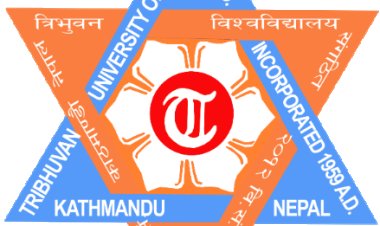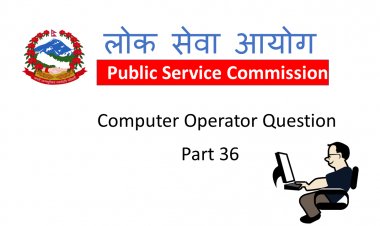Human Body
Blood Circulation
The system of the body which helps in transportation of nutrients and oxygen to tissues and collects their waste products is called circulatory system.
The circulatory system consists of blood, blood vessels and the heart.
Blood and its composition
Blood is a fluid connective tissue, which consists of 55% plasma and 45% blood cells. It’s is 4.5 to 6 litres in volume in a healthy adult in average.
- Blood Plasma
Plasma is a transparent, pale yellowish fluid which consists of 90% water and 10% solids in the form of protein, fats, minerals etc.
Function: - It transports digested food to different organs and trissues of the body.
- Waste products from the tissue are removed and carried to the relative excretory organs.
- It regulates the body temperature.
- It contains fibrinogen(protein) which helps in clotting of blood at cuts.
- Blood Cells
- Red Blood Cell (RBC)
RBCs are circular, biconcave and disc shaped. They don’t have nuclei. They are red in colour due to presence of haemoglobin. They are formed in bone marrow and destroyed in spleen and liver. The lifespan of RBCs is about 4 months.
They carry oxygen from lungs to different tissues and help in respiration.
They are also known as erythrocytes.
Anaemia is the condition in which there is less number of RBCs in individual blood. - White Blood Cells (WBC)
WBCs are colourless and irregular in shape. They have nuclei but no haemoglobin. They are formed in the bone marrow and lymph glands and destroyed in spleen and liver. The lifespan of WBCs is about 15 days.
They help in the defence of the body with production of antibodies and by neutralizing the toxic substance.
They are also known as leukocytes.
Leukopenia is the condition in which there is less number of WBCs in individual blood.
Leukaemia is the condition in which there is more number of WBCs in individual blood. - Platelets
- Platelets are small, colourless, rounded or oval cells. There is no nucleus in them. They are formed at bone marrow and they die at spleen. The lifespan of platelets is about 2/3 days. They play important role in case of bleeding and healing of wounds.
- Functions of Blood
- Blood helps in transportation of oxygen, nutrients and hormones.
- It helps in the regulation of body temperature and amount of water and salt inside our body.
- It defences our body from different types of diseases.
Heart
The heart is a hollow muscular organ which consist of cardiac muscles. It is situated in the middle of the chest cavity between the two lungs. It is cone shaped and as big as the owner’s closed fist in size. Pericardial fluid present in pericardial cavity protects heart from different mechanical injury and shocks.
Valve present in heart helps to prevent backflow of blood.
Blood Vessels
Blood vessels are hollow and tubular vessels through which blood flows. There are three types of blood vessels. They are: -
- Arteries
Arteries are the blood vessels which carry the pure blood from hearts to different parts of body. They are thick walled and have no valve in them. Blood flows with high pressure in them. - Veins
Veins are the blood vessels which carry the impure blood from different parts of body to heart. They are thin walled and have valve in them. Blood flows with low pressure in them. - Capillaries
Capillaries are the extremely thin and fine branches formed as a result of branching of arterioles. They connect arteries and veins.
Blood Circulation
The circulation of blood in human takes place in two routes mainly. They are:
- Systematic Circulation
The circulation of blood between the heart and different parts of the body except lungs is systematic circulation. - Pulmonary Circulation
The circulation of blood between the heart and the lungs is pulmonary circulation.
Heart Beat and Blood Pressure
The contraction and relaxation of heart muscles is called a heartbeat. The normal heart beat rate in an adult is 72-80 times per minute.
The pressure exerted by the flow of blood on the walls of arteries is called blood pressure. Blood pressure is measured by using instrument called sphygmomanometer. The normal blood pressure of human is 120/80mm of Hg.
Glands and their Secretion
| S.N | Glands | Location | Secretion | Function | Hyposecretion | Hypersecretion |
| 1. | Pituitary | Skull | Growth hormone | Controls the growth of the body | Dwarfism | Gigantism |
| Stimulating hormone | Controls and stimulate in the scretion of other glands | More urination,high B.P. etc | - | |||
| 2. | Thyroid | Throat | Thyroxine | Growth of the body and stimulates cellular metabolism | Drying of skin,physical and mental retardation | Increase rate of metabolisim,excessive hunger etc. |
| Calcitonin | Encourages Ca deposit in bone | - | - | |||
| 3. | Para-thyroid | Over thyroid | Parathromone | Maintains the level of Calcium and phosphate | Tetany | Formation of tumor and kidney stone |
| 4. | Pancreas | Alimentary Canal | Insulin | Maintain the sugar level in blood | Diabetes | Hypoglycemia |
| Glucagon | Supplies sugar in blood | - | - | |||
| 5. | Adrenal | Kidney | Adrenalin | Maintains blood pressure ;prepare body to face emergency | - | Hypertension |
| Aldosterone | Balance salt in body | - | - | |||
| Hydrosterone | Balance water in body | - | - | |||
| 6. | Testes | Scrotum | Testosterone | Devlop and maintain male secondary sex characters. Production of sperm. | Unable to reproduce | - |
| 7. | Ovary | Reproductive system | Oestrogen | Growth and development of female secondary sex characters. | - | - |
| Progesterone | Prepares uterus suitable for development of embryo. | - | - |






